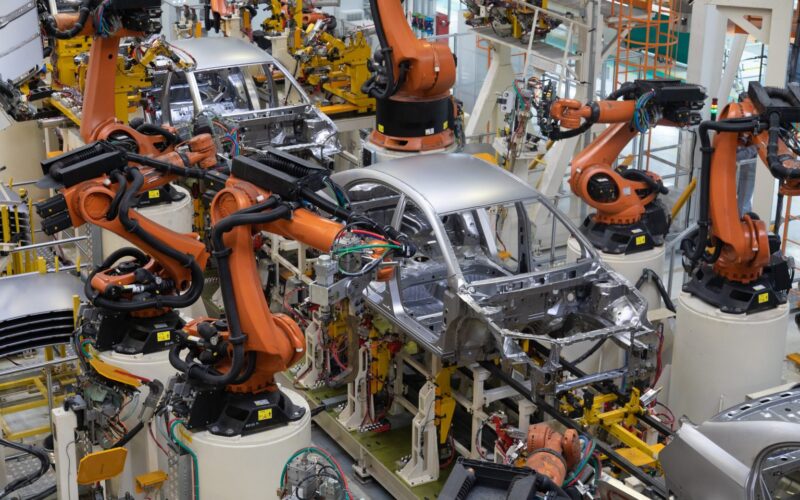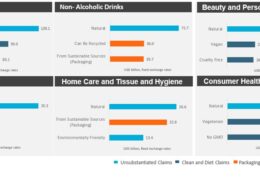New analysis reveals that steel produced with green hydrogen and electric arc furnaces, or from scrap, could cut CO2 emissions from car manufacturing in Europe by 6.9Mt by 2030. This reduction is equivalent to the annual emissions of 3.5m fossil fuel cars. As tailpipe emissions are reduced to zero and the automotive sector aims for net zero by 2050, the climate impact of car production is gaining attention.
According to Transport & Environment (T&E) and a new study by consultancy Ricardo, using 40% green steel would add only €57 ($62) to the price of an electric vehicle in 2030. By 2040, the cost of using 100% green steel is expected to drop to just €8 ($8.7) compared to conventional steel, thanks to CO2 pricing and decreasing production costs. However, securing the necessary investment for low-carbon steel production will depend on establishing a reliable market.
The automotive sector, which consumes 17% of steel in the EU, is well-positioned to drive demand for green steel. T&E urged lawmakers to set targets for car manufacturers to increase the use of green steel in new vehicles starting in 2030.
Alex Keynes, cars policy manager at T&E said, “For less than a tyre change, Europe can build a green steel industry. The extra cost will be negligible and in time it will be cheaper than conventional steel. But we first need lawmakers to kick start the shift to low-carbon steel in the automotive industry.”
The report also estimates that Europe could produce up to 172Mt of low-carbon steel annually by 2030, sufficient to meet the automotive sector’s needs, which totaled 36Mt in 2022. The shift to lightweight materials is expected to reduce steel usage in cars over the next decade.
T&E recommends that by 2030, at least 40% of steel in new cars be green, increasing to 75% by 2035 and 100% by 2040. Carmakers should meet these targets across their new models, which could be introduced through the revised EU End-of-Life Vehicles (ELV) regulation.
Alex Keynes said, “The automotive sector is the second biggest consumer of steel and well positioned to be a lead market for green steel in Europe. The relatively high value of cars, especially premium brands, means they can absorb the short-term green premium of low-carbon steel.”






















